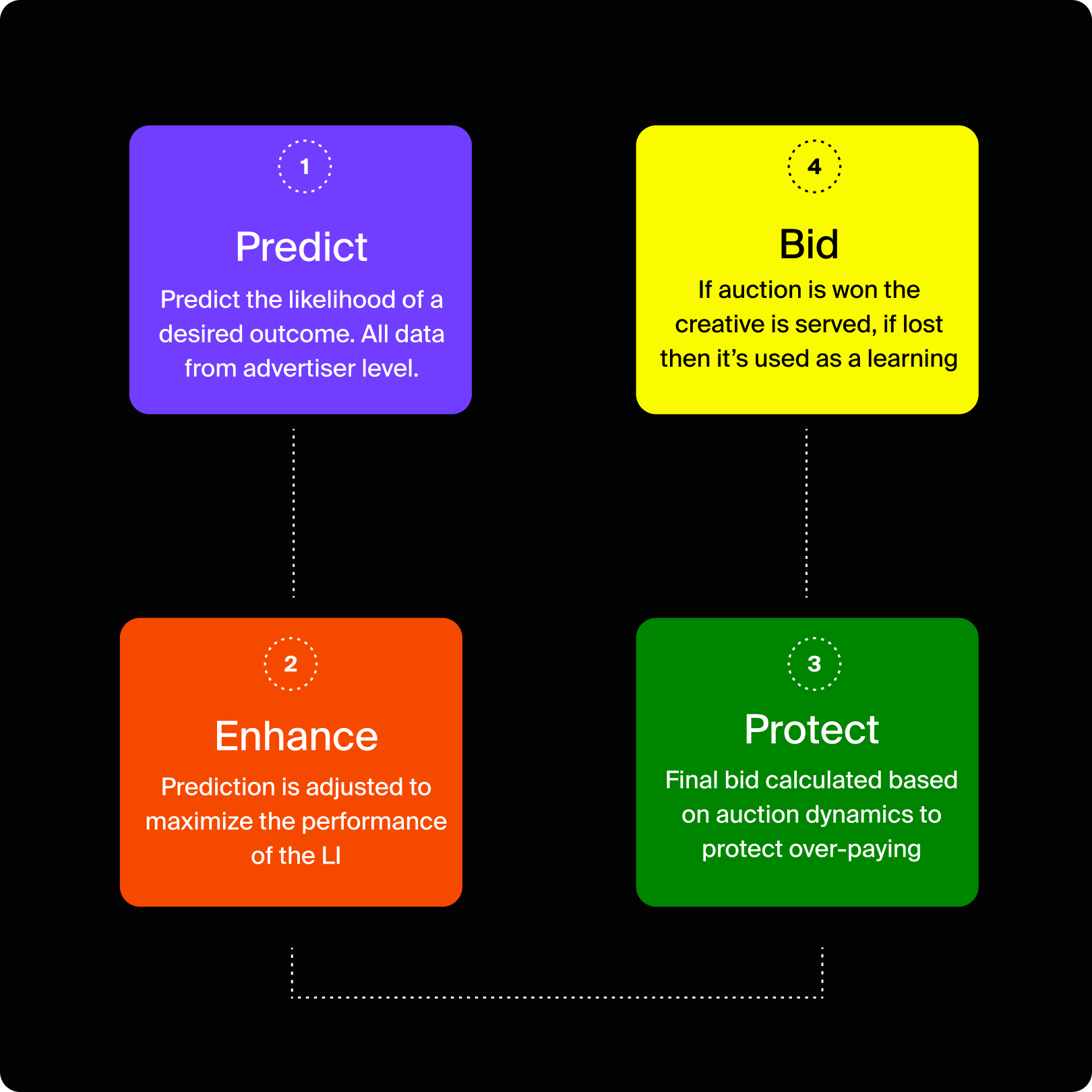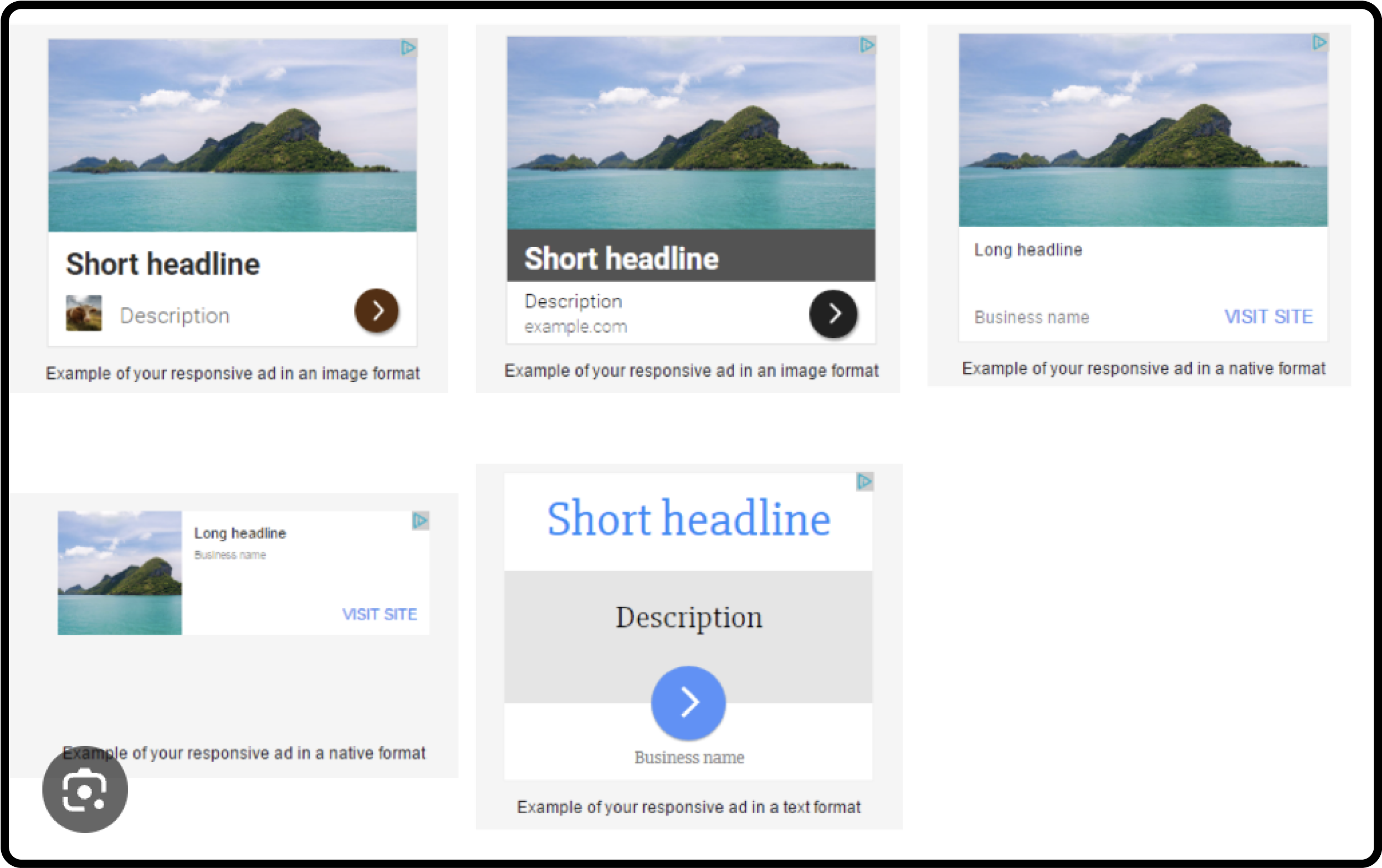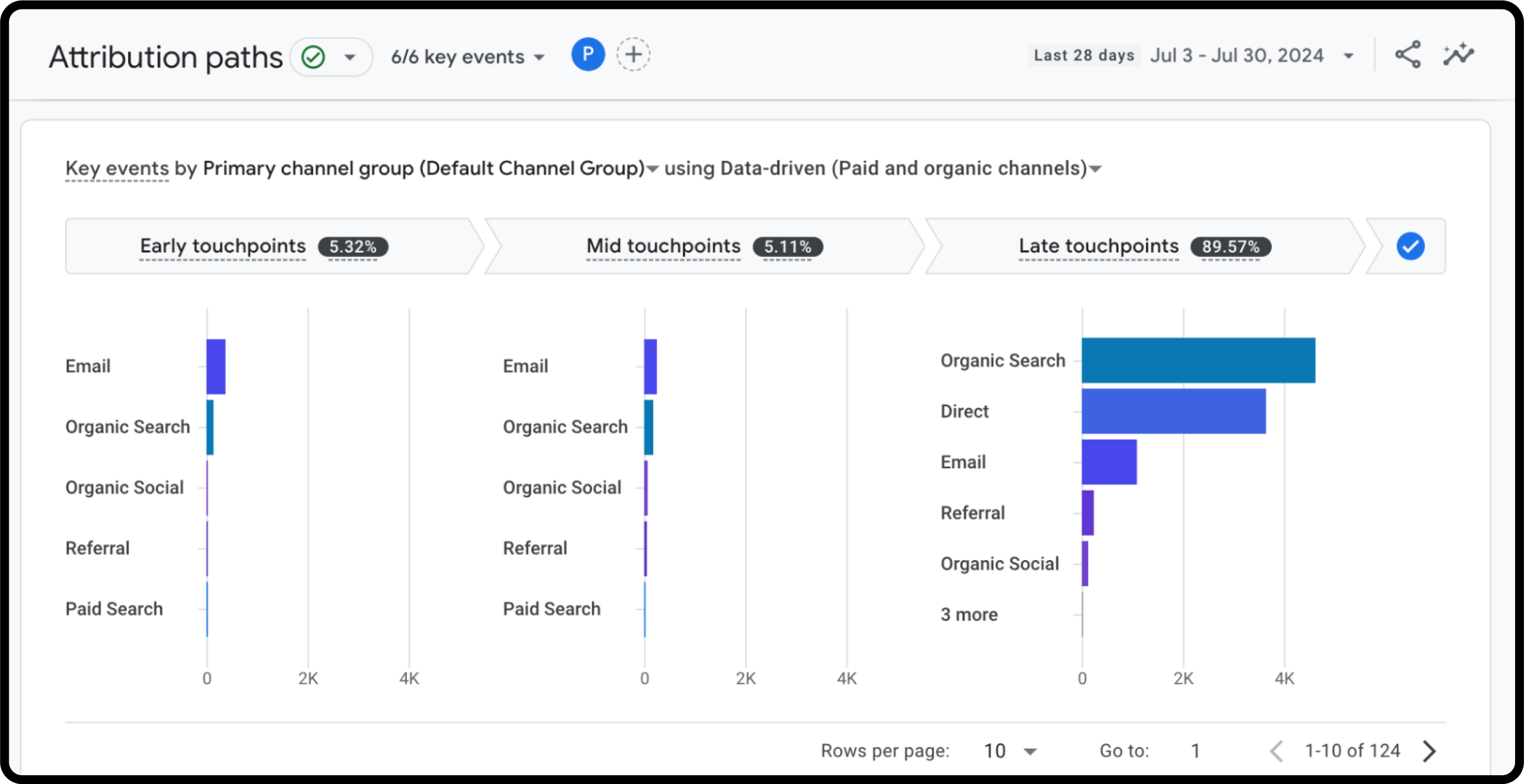While many people believe that AI is the biggest buzzword of the year, specifically for advertising, it has changed the industry forever, and thus we need to talk about it. With the advent of artificial intelligence (AI), the tools available to marketers have grown exponentially in power and sophistication. Google, a leader in AI innovation, offers advertisers a suite of AI-driven tools to enhance campaign performance dramatically. This article explores how the power of Google’s AI can and has helped advertisers achieve their marketing goals, providing expert insights and practical examples.
1. Precision Targeting with Google Ads
Google Ads has long been a staple in the advertiser’s toolkit, but the integration of AI has taken its capabilities to new heights. One of the most significant advancements is in audience targeting. Google’s AI leverages vast data to help advertisers reach the right audience at the right time. By analyzing user behavior, search patterns, and demographic information, AI can predict which users are most likely to engage with an ad, maximizing the return on ad spend (ROAS).
For example, Google’s AI-powered Smart Bidding algorithms automatically adjust bids in real-time based on the likelihood of a conversion. This saves time and ensures that ad dollars are spent more efficiently. Additionally, features like Similar Audiences allow advertisers to expand their reach by targeting users who share characteristics with existing customers.
In a recent campaign I managed for a client, we utilized Google’s UAC without employing the new BETA audience targeting feature. Instead, we relied on Google’s AI to identify and target the app’s optimal audience based on its existing data algorithms. This approach leverages machine learning to analyze vast data points across Google’s platforms, including Search, Google Play, YouTube, and the Google Display Network, to predict and reach users most likely to install the app.
The AI assesses various signals such as user location, device type, previous app usage, and in-app behaviors to place ads where they are likely to perform best intelligently. For instance, if data indicates that users who enjoy puzzle games are likelier to download a new gaming app, Google’s AI will target similar profiles across its networks. This automated, data-driven decision-making process allows the campaign to start strong even without manually set audience parameters.
By allowing AI to take the reins from the beginning, it uses continuous learning to refine its understanding of which users are most likely to convert, optimizing ad spend and improving overall campaign efficiency.
Experimentation remains crucial, of course. Testing different audiences manually can provide valuable insights and help refine AI recommendations over time. However, the ability of UAC to perform robustly from the start with AI dynamically optimizing audience targeting demonstrates a significant advancement in how digital advertising campaigns are conducted, ensuring both efficiency and effectiveness in reaching desired outcomes.

2. Enhanced Creativity with Automated Ad Formats
Creativity is a key component of successful advertising. Google’s AI-driven tools enable advertisers to experiment with various ad formats without the burden of manual creation. Responsive Search Ads (RSAs), for example, allow advertisers to input multiple headlines and descriptions, which Google’s AI then tests in different combinations to find the most effective message.
Moreover, Google’s AI can generate display ads automatically, pulling images, logos, and ad copy from an advertiser’s website. This not only streamlines the ad creation process but also ensures brand consistency across various ad formats. The AI’s ability to understand and analyze user preferences also means that the generated ads are more likely to resonate with the target audience.

3. Data-Driven Insights and Analytics
Data is the lifeblood of digital marketing, and Google’s AI excels at transforming raw data into actionable insights. Google Analytics, powered by AI, offers features like Automated Insights, which highlight significant changes or trends in data. This enables marketers to quickly identify what’s working and what’s not, allowing for timely campaign adjustments.
Furthermore, tools like Google Attribution use AI to provide a more holistic view of the customer journey. By analyzing cross-channel data, AI can attribute credit to the various touchpoints contributing to a conversion, providing a more accurate picture of campaign effectiveness. This is particularly valuable for advertisers looking to optimize their omnichannel strategies.

4. Personalization at Scale
Today, personalization is not a nice-to-have but a must-have. Google’s AI enables advertisers to deliver personalized experiences at scale. Dynamic Search Ads (DSAs) are a prime example. They automatically generate ads based on the content of an advertiser’s website and match them with relevant search queries. This ensures that users see ads that are highly relevant to their needs and interests.
Additionally, Google’s AI can help tailor ad experiences based on user intent. By analyzing past behavior and contextual signals, AI can predict a user’s interest and serve ads accordingly. This level of personalization not only improves the user experience but also boosts conversion rates.
Conclusion
Integrating AI into Google’s advertising ecosystem has revolutionized how advertisers approach campaigns. From precision targeting and creative automation to data-driven insights and personalization, Google’s AI offers many tools to enhance ad performance. For marketers, this means not only more efficient use of ad spend but also the ability to create more impactful and personalized ad experiences.
As Google’s AI evolves, advertisers can expect even more sophisticated tools and features to elevate their marketing efforts further. Leveraging the current suite of AI-driven tools can provide a significant competitive advantage in the crowded digital advertising space.
Incorporating Google’s AI into your marketing strategy isn’t just a trend—staying relevant and competitive in today’s fast-paced digital world is necessary. Whether new to Google Ads or a seasoned veteran, AI can help you achieve your marketing goals more effectively and efficiently.
By integrating the right AI-driven tools and techniques, advertisers can unlock new levels of performance and creativity. As we look to the future, the potential for AI in digital marketing is limitless, promising even more innovative ways to connect with audiences and drive results.






